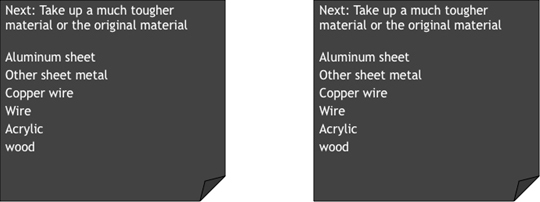Search
- yohoho
- unblocked games 77
- unblocked games 8
- unblocked games 2
- unblocked games for school
- unblocked games world
- retro bowl
- unblocked games
- unblocked games premium retro bowl college best unblocked games unblocked games
1. Form and Abstraction:
It starts with perception and proceeds with imaginative play.
2. Stage I: Introducing Abstraction:
Write a poem on the beauty of your favorite flower.
The task is to relive the experience of a flower in the mind and then entering the imaginative world. Living is experiencing.
Re-experiencing in thinking is re-living. It is a journey of finding a medium, to give form to those thoughts, to share with others and to bring it into this world.
The abstraction will live in concrete language. This requires thinking beyond physical level, experiencing the flower qualities in the mind and converting it into mental qualities.
3. Stage II: Create a flower in its abstraction in wire:

Beauty /Artistic expression, character should come in abstraction.
Wire as a medium has its own opportunities to explore. It just defines the boundary leaving the 3D form open to imagination.

• It’s a technique of capturing the essence in the limitation of the medium.
• Peculiarities should be observed and captured.
• Emphasize what you want to say / your statement.

• Observe and utilize 2D and 3D space, and positive and negative space
• Different possible ways to interpret form and shape in wire.
• Transition / flow / relationship

• Explore and analyze the material and process.
• Forms and shapes can be thought of as positive or negative in a two dimensional composition.
3.1 Stage II: Discussions:
In review discussions, mostly it was stressed that joining details can be further refined. Joints can be used as another lyrical form. This was a potential area of improvement for everyone. Mostly, this form was either ignored or messily dealt with. It was considered as a hindrance to the expression. The material itself has solutions to offer.
The more we experiment the more we unleash our sensitivity to it, and the more it responds to our dialogue. Use of scale could be another area to further look into. The material could spread all over to make an environment. The beauty could be explored in the uninterrupted line of the wire.
4. Stage III: Abstraction, A journey from History to Modern Art:
A presentation was made on the process of abstraction and works of few modern abstract art painters and sculptors.


4.1 Stage IV: Abstraction of chosen Animal, Bird or Insect:
Generic Study:
• General look at the exemplary sculptures
• Abstraction in physical
• Abstraction in emotion
• Excellent direct features
• Should be supported with write-up and questions
Phase 1:
1. Selection of the object for abstraction:
• Choose from Nature:
An animal, bird or an insect - something that inspires.
2. Look biologically, Physiologically:
• Build-up
• Form
• Pattern
• Habitat
• Habits
• Food
• Life-cycle
3. Look psychologically:
• Behavior
• Grandeur
• Movement
• Link the unseen to the Seen
• Grace, fierceness, laziness, radiance
• Use it as creative exploration to develop sculpture
Examples of Look Psychologically:

Behaviour

Grandeur

Movement

Grace

Fierce
• Link the unseen to the seen.
• Use it as creative exploration to develop sculpture.

• Its expression in the art-world, paintings, sculpture, new media, daily-life.
• Use of the subject as motif in advertising, designing.


• Re-interpretation in various areas like, tribal art, handicrafts.
• How have other expressions taken shape, with cultural, social and personal influences.
• Minimalism and abstraction with effective use of various medium.
Phase II – Example 1:

• Study the psychology of the chosen animal, insect or bird first. A discovery should come out of the study.
• Expression can be a surprise element.

• Explore, experiment, exploit the material. Play with negative and positive spaces effectively
Phase II – Example 2:

• Try to capture the attributes of chosen animal, insect or bird.
• Try to capture the beauty of material as well as form. Capture the form in totality.

• How to relate and integrate the elements is very important.
• Associate to the chosen subject with your own relationship and observation.
Phase II Summary:
An exercise in ‘Abstraction’ becomes an opportunity to learn the aesthetics of material and processes in a creative framework.
Study of the psychology of the chosen animal, insect or bird helps in discovering some new things about them.
Abstraction can be done tentatively and visually, by gradually and progressively concealing forms drawn from nature. We can create symbolic elements that have no representational origins.
Experiencing of form does not lie in duplication. Reinterpretation is essential, as the medium chosen has its own language and limitations.
Phase III:
Material:
Select material that aids in the physical aspects. Choice of material can also pose as a challenge.

Phase IV:
Collection of images of exemplary sculptures in chosen material. These should depict the best use of material
Make the final abstraction close to:
• Size
• Scale
• Finish
• Orientation
Or a simulation of it in the available material.
Process Methodology:
